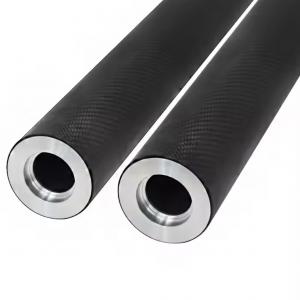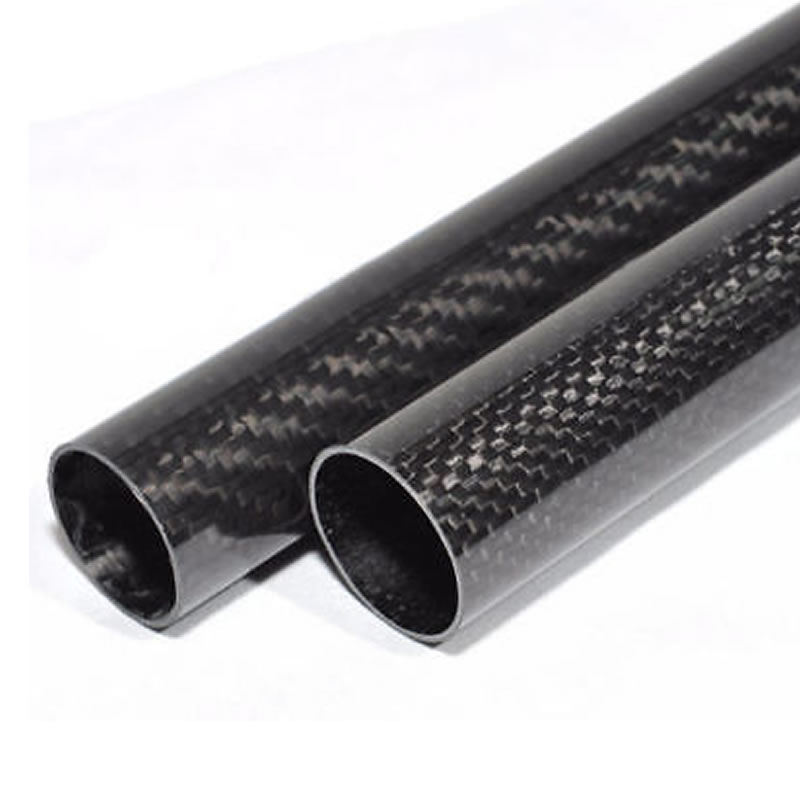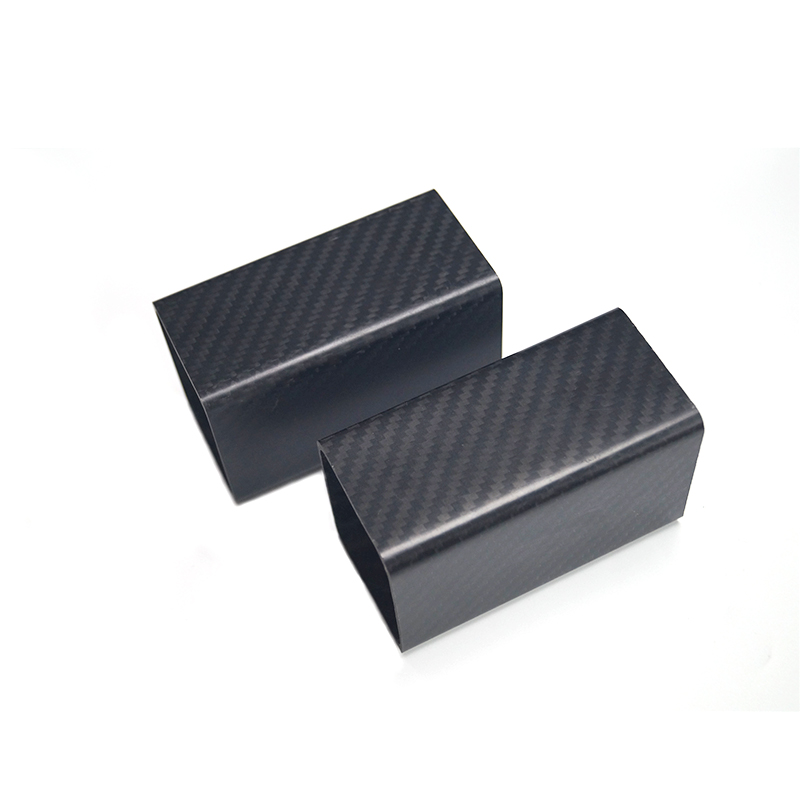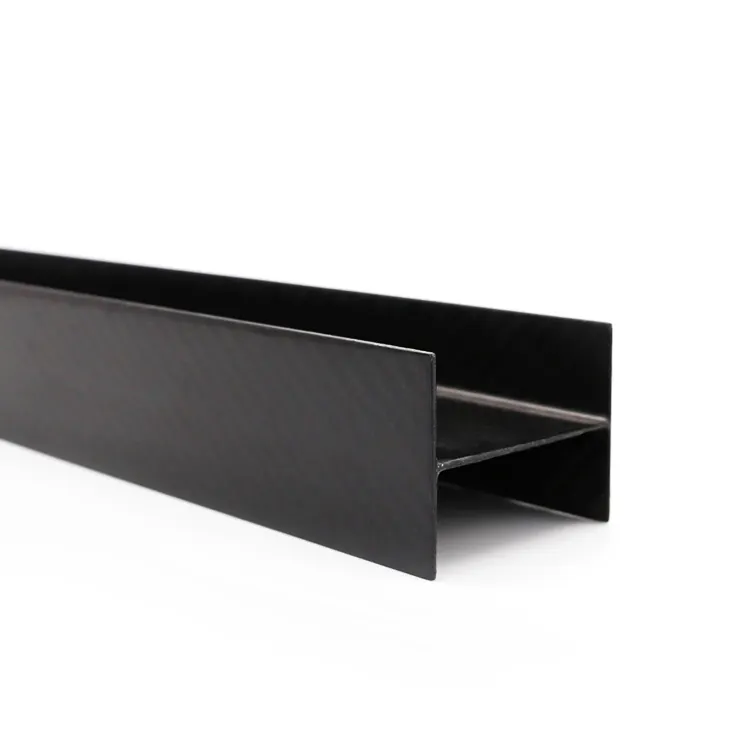Carbon fiber surface treatment method?
Carbon fiber surface treatment method
Date:2022-05-28 Source: Fiber Composites Browse: 5204
Carbon fiber has high specific strength, high specific modulus, fatigue resistance, corrosion resistance and other excellent properties, widely used in aerospace, military industry, sports equipment and other fields. Carbon fiber reinforced polymerization
Carbon fiber has high specific strength, high specific modulus, fatigue resistance, corrosion resistance and other excellent properties, widely used in aerospace, military industry, sports equipment and other fields. The mechanical properties of carbon fiber reinforced polymer matrix composites largely depend on the interface properties between carbon fiber and matrix. However, the smooth surface of carbon fiber, high emotional properties and few chemical active functional groups result in weak interface bonding between carbon fiber and matrix resin, and the interface phase is often the weak link of composite materials. The interfacial microstructure of carbon fiber composites is closely related to the interfacial properties. The surface polarity of carbon fiber ultimately lies in the surface morphology of carbon fiber and the types of chemical functional groups. Both the increase of active groups and the increase of roughness of carbon fiber surface are conducive to the increase of carbon fiber surface energy. Surface physical properties of carbon fiber mainly include surface morphology, surface groove size and distribution, surface roughness, surface free energy and so on. In terms of surface morphology, there are many pores, grooves, impurities and crystals on the surface of carbon fiber, which have a great influence on the bonding properties of composite materials. The chemical reactivity of carbon fiber surface is closely related to the concentration of active groups, and these active groups are mainly oxygen containing functional groups such as light group, spindle group and epoxy group. The number of functional groups on the surface of carbon fiber depends on the surface electrochemical treatment method and the degree or temperature of fiber carbonization. For example, acid treatment will give fiber different functional groups than alkali treatment, and for the same treatment conditions, the higher the carbonization temperature, the fewer functional groups. Low modulus carbon fiber generally has more functional groups due to its low degree of carbonization, so it will react with epoxy group in the preparation of epoxy matrix composites, while the reaction of high modulus carbon fiber system can be ignored, and the fiber and resin mainly have weak interaction. Many studies have shown that the interface properties of composites can be effectively improved by modifying the interface microstructure of composites by surface modification of carbon fiber, which is one of the research hotspots in the field of carbon fiber cladding materials.




















